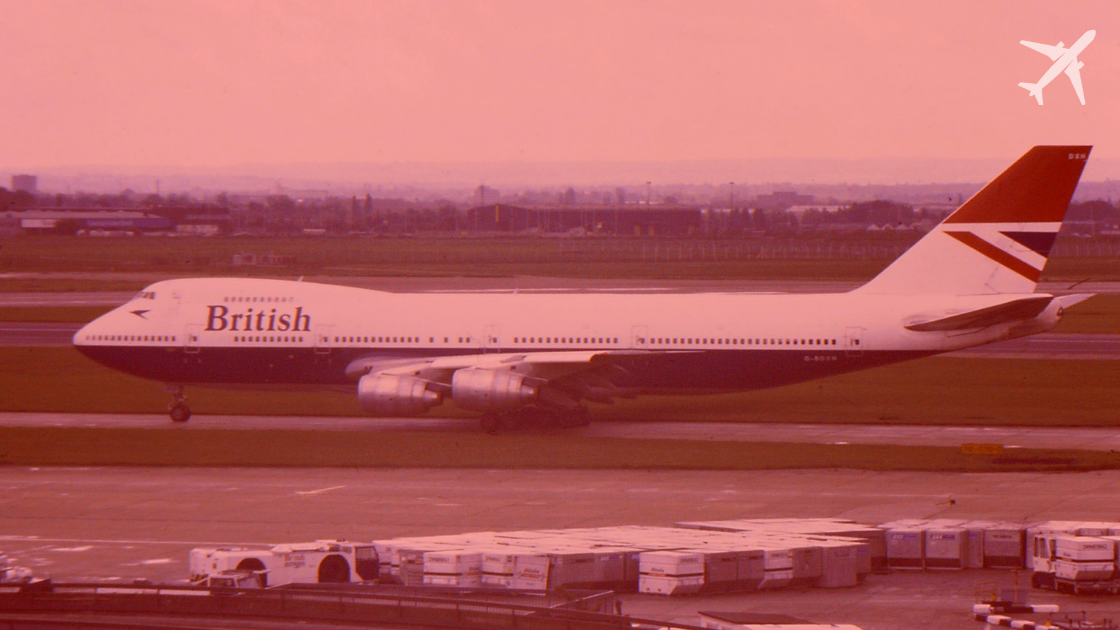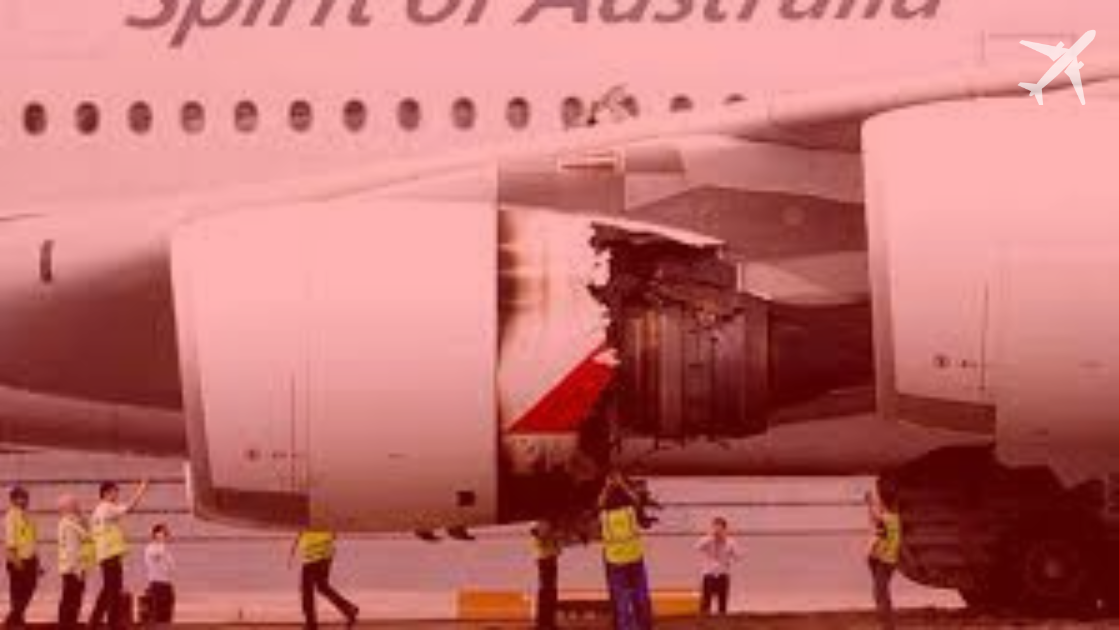Thermodynamics in the Sky: Understanding Temperature for Aviation Professionals

Welcome to our latest blog post, designed especially for aviation professionals including aspiring and active pilots and cabin crew. Today, we would dive into a fundamental concept that's crucial in the field of aviation: Temperature.
Understanding temperature and its various measurements is not just a matter of scientific curiosity; it's a vital component of aviation safety, performance, and environmental interaction.
Whether you're navigating through different climate zones or managing aircraft systems, a solid grasp of temperature concepts can enhance your proficiency and decision-making skills in the skies.
Take our interactive quiz to gauge your current knowledge and understanding of temperature. Click the button below or the Quiz icon on the right sidebar to start.
Knowing the Why

Clearly, Understanding temperature is essential for aviation professionals, particularly flying crew, as it directly impacts aircraft performance, passenger comfort, and safety. The case studies outlined below offer practical insights into why temperature awareness is crucial:
Cockpit Instrumentation and Temperature Awareness
Accurate temperature readings in the cockpit are vital for several reasons. Temperature affects air density, which in turn influences the aircraft's lift and engine performance. An incident where a misread temperature led to an incorrect altitude reading serves as a stark reminder.
In this case, the aircraft's performance was compromised due to a misunderstanding of the environmental conditions. Such incidents underscore the importance of precise temperature monitoring to ensure correct altitude readings and overall aircraft performance.
Cabin Temperature Regulation for Passenger Comfort
The cabin temperature significantly affects passenger comfort and safety. Maintaining an optimal temperature is challenging, especially considering the varying external temperature conditions the aircraft encounters. How external temperatures affect the aircraft's HVAC (Heating, Ventilation, and Air Conditioning) systems is critical.
If the cabin is too warm or too cold, it can lead to passenger discomfort or even health issues. Therefore, the crew's ability to adjust and regulate cabin temperature based on external conditions is essential for providing a comfortable and safe travel experience.
Fuel Efficiency and Temperature
The relationship between external temperature and air density plays a significant role in determining aircraft fuel efficiency. Cooler air is denser, providing better engine performance and lift, whereas warmer air, being less dense, can reduce efficiency.
Understanding this relationship is crucial for flight planning and execution, particularly in selecting the most fuel-efficient routes and altitudes. This knowledge helps in reducing fuel consumption and operational costs, making flights more environmentally friendly and economically viable.
Dealing with Extreme Temperatures
Flight crews often face scenarios where they must manage critical situations caused by extreme temperatures. These can range from extremely cold conditions, which might affect fuel lines and hydraulic systems, to very hot temperatures, impacting engine efficiency and cabin cooling systems.
Successfully navigating these conditions requires a deep understanding of how temperature affects various aircraft systems. It also involves making informed decisions to mitigate risks and ensure the safety and comfort of passengers and crew.
Some Must Know Real-World Case Studies

Some real-world case studies highlighting the importance of understanding temperature in aviation:
British Airways Flight 9 "Jakarta Incident" (1982)

This incident involved a Boeing 747 flying from London to Auckland, with a stopover in Kuala Lumpur. The flight inadvertently flew into a cloud of volcanic ash from the eruption of Mount Galunggung, causing all four engines to fail.
Air France Flight 447 (2009)

This tragic accident over the Atlantic Ocean was partly attributed to inconsistent airspeed readings caused by iced-over Pitot tubes. The Pitot tubes, crucial for measuring airspeed, were affected by unexpected high-altitude freezing temperatures, leading to a series of automated system failures and eventual loss of control.
Gimli Glider (Air Canada Flight 143, 1983)

This incident involved a Boeing 767 running out of fuel at 41,000 feet. A misunderstanding related to fuel temperature and volume measurement units (metric vs. imperial) during the fueling process led to the aircraft receiving insufficient fuel for its journey.
This case underlines the significance of accurate temperature readings for proper fuel management.
American Airlines Flight 587 (2001)

Although primarily an accident investigation focused on structural failure, the investigation also considered the effects of temperature on material properties.
The accident raised awareness about the temperature-induced brittleness in certain materials used in aircraft construction.
Qantas Flight 32 Engine Failure (2010)

An Airbus A380 experienced an uncontained engine failure shortly after takeoff from Singapore.
These case studies demonstrate the diverse ways in which temperature plays a crucial role in aviation, affecting everything from aircraft mechanics to flight safety protocols. Understanding and effectively managing temperature-related issues is essential for ensuring the safety and efficiency of flight operations.
Decoding TEMPERATURE
Now let's get into understanding the concept of temperature in detail
Temperature is a measure of heat. It is determined using a thermometer in either Celsius (Centigrade) or Fahrenheit units. The Celsius and Fahrenheit scales are constructed based on the freezing and boiling points of water under standard atmospheric pressure: 0°C and 100°C for Celsius, and 32°F and 212°F for Fahrenheit respectively.
While the Celsius scale is globally recognized and utilized in various fields like aviation and science, the Fahrenheit scale's use is more limited, primarily in a few English-speaking countries.
Heat is a form of energy. When heat is removed from a substance, its internal energy decreases, causing the molecules within to move slower. Conversely, adding heat causes molecules to move more chaotically.

An interesting point to note is that -40°C is equivalent to -40°F.
Absolute Zero: This is the theoretically lowest temperature possible, where molecules of a substance have minimal motion. No substance can be cooled below this temperature. In terms of the Kelvin scale, this is 0 K, which equates to -273.16°C.
To read our detailed and complete blog, including Flashpods, flashcards, premium quizzes, flipbooks and much more, subscribe to our premium subscription plans today.